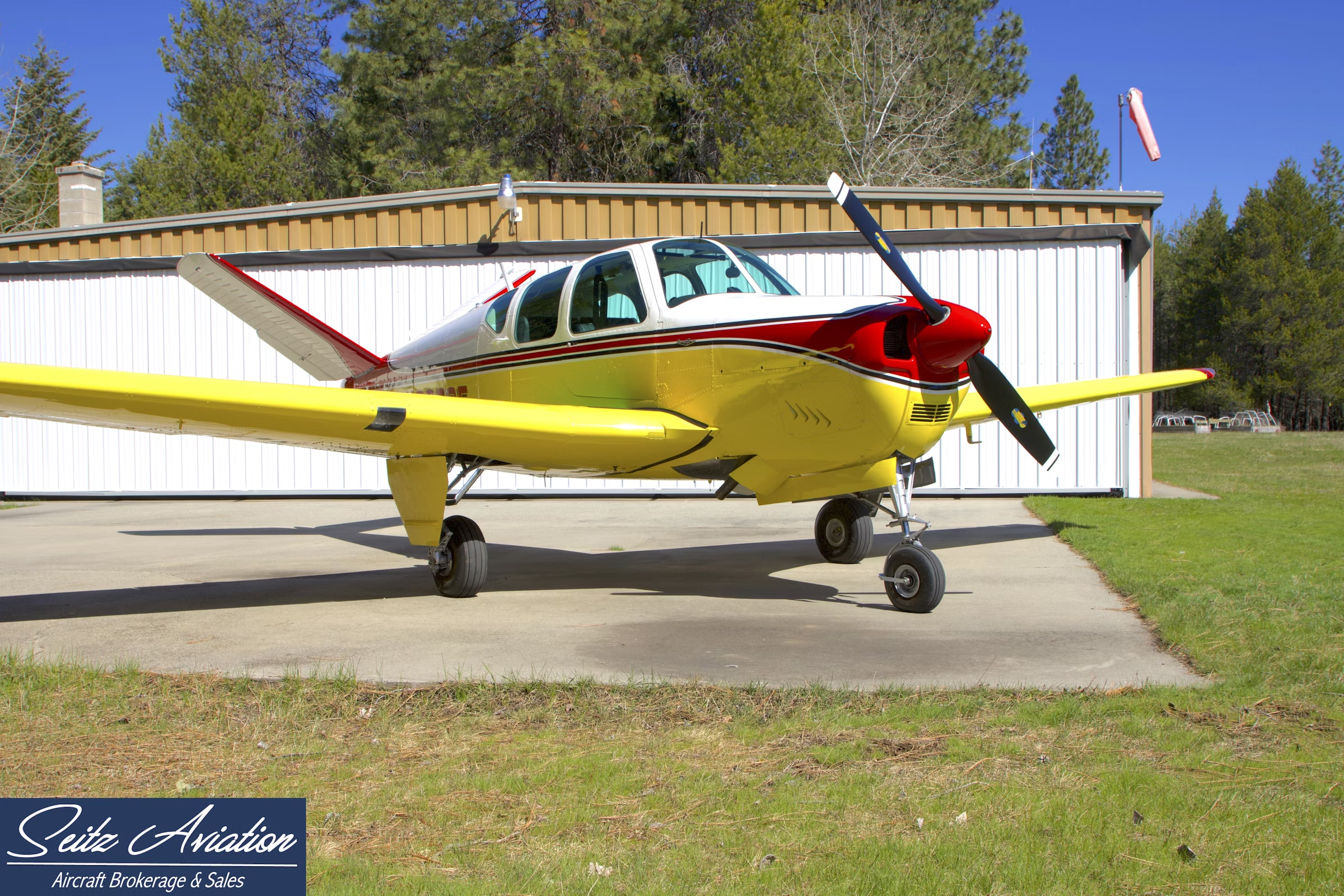Virgin Galactic Wants to Launch Rockets From Italy
Space tourism firm’s proposed operations would lift off from Grottaglie Spaceport in Southern Italy’s Puglia region.

A team of researchers from Italy’s Air Force and National Research Council comprised the crew of Virgin Galactic’s first commercial mission. [Courtesy: Virgin Galactic]
Space tourism company Virgin Galactic—in the middle of a two-year commercial hiatus as it develops its new and improved Delta-class spaceships—is eyeing an international expansion.
Virgin Galactic’s seven commercial flights with its VSS Unity spaceplane all launched from Spaceport America in the New Mexico desert, which serves as a hub for the firm’s U.S. operations. The first, Galactic 01, lifted off in June 2023 with a team of Italian researchers from the country’s Air Force and National Research Council.
On Thursday, the firm announced it is now working with Ente Nazionale per l'Aviazione Civile (ENAC), Italy’s civil aviation regulator, to study the possibility of launching space tourism flights on Italian soil. According to a statement shared by Virgin Galactic from CEO Michael Colglazier, the company’s ambitions extend to the entire continent.
“Development of world-class spaceports in premier locations is essential to our goal of expanding human-first space travel around the world, and we are honored to partner with the Italian government,” Colglazier said.
Virgin Galactic’s proposed Italy launch site is Grottaglie Spaceport, located at Grottaglie Airport (LIBG) in the Puglia region along the country’s east coast. According to the company, the airport—which in 2018 was designated by the Italian government as a commercial spaceport—recently received about $73 million to build the infrastructure needed to launch rockets. It is managed by Aeroporti di Puglia.
“We are excited to work with Virgin Galactic and demonstrate how Grottaglie Spaceport can provide infrastructure, high level skills and specialized services necessary for suborbital flights,” said Antonio Maria Vasile, president of Aeroporti di Puglia, according to a Virgin Galactic news release.
Working with ENAC, Virgin Galactic will study the technical, regulatory, and workforce requirements to launch in Italy. During the first phase, expected to finish next year, the partners will gauge how well Grottaglie’s airspace and Italy’s suborbital spaceflight rules lend themselves to what the firm is doing in the U.S.
On a typical space tourism flight, the crew-carrying Unity rides beneath the VSS Eve mothership to an altitude of about 15,000 feet, where it boosts to near-space about 54 miles above the Earth. This is short of the Kármán line—an internationally recognized boundary between the Earth and space about 62 miles up—but high enough for customers to experience zero-gravity and see the planet’s curvature. Unity then flips around and glides into a runway landing.
Virgin Galactic and ENAC will evaluate what kinds of facilities, regulations, and supply chains would be needed for Grottaglie to host these flights routinely. Unity flew paying customers seven times in a little more than a year, but the company’s Delta-class spaceships are being designed to fly eight missions per month.
“This work will lay the foundation for safe and sustainable commercial operations in Italy,” said Fabio Nicolai, deputy director of ENAC, per Thursday’s news release.
If Phase 1 goes according to plan, Virgin Galactic and ENAC will determine if they can source enough workers in the area. They’ll also gauge the economic impact to Puglia and Italy from what the space tourism firm says will be “multiple spaceflights per week.”
“This study lays the groundwork to activate the economic and community benefits of commercial space across the region, and we are thrilled at the prospect of Virgin Galactic customers looking out our spaceship windows to witness the boot of Italy from space,” said Colglazier.
Virgin Galactic should have plenty of energy to focus on Italy during its two-year pause in commercial operations, spurred by the retirement of Unity. The company aims to restart space tourism flights by 2026 and expects to begin final assembly of its Delta-class ships at a freshly completed manufacturing facility in Mesa, Arizona, in the next few months.
Like this story? We think you'll also like the Future of FLYING newsletter sent every Thursday afternoon. Sign up now.

Sign-up for newsletters & special offers!
Get the latest FLYING stories & special offers delivered directly to your inbox






